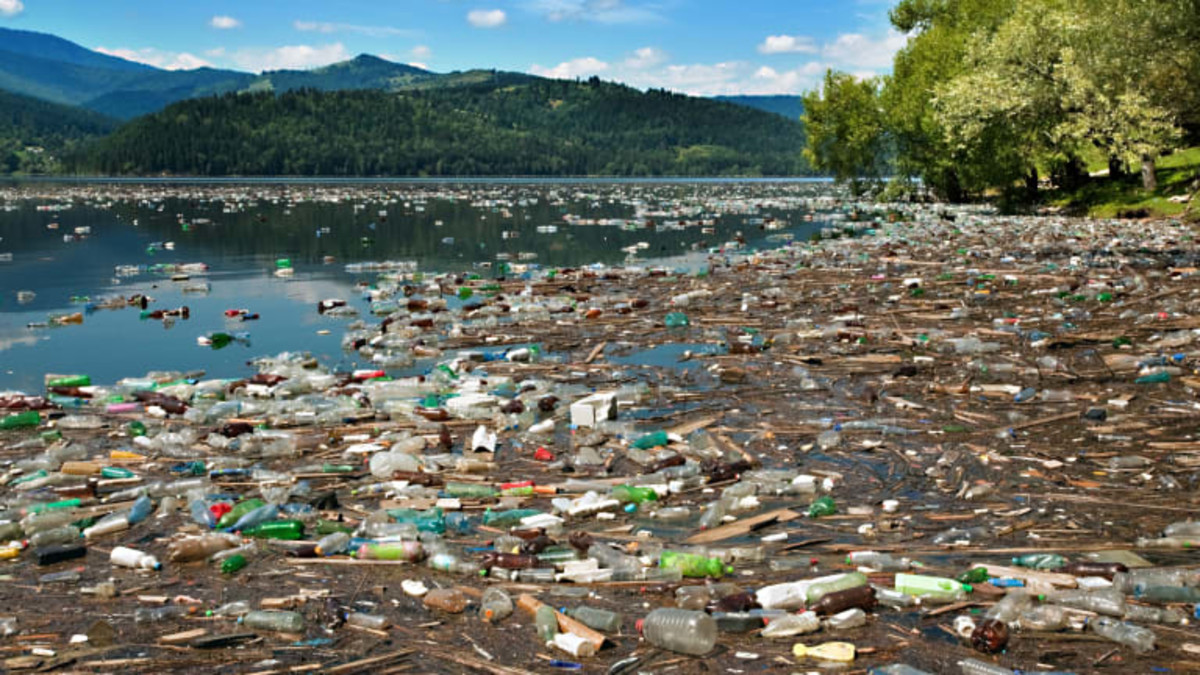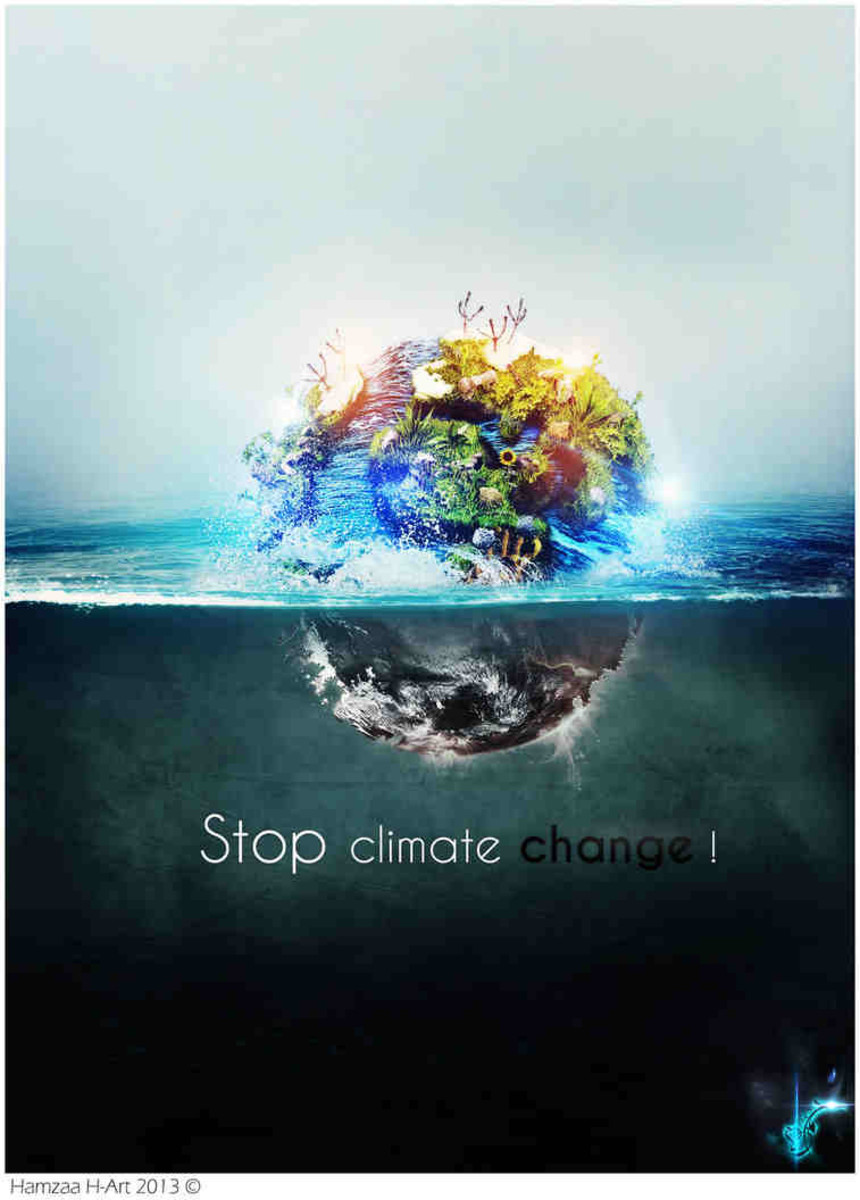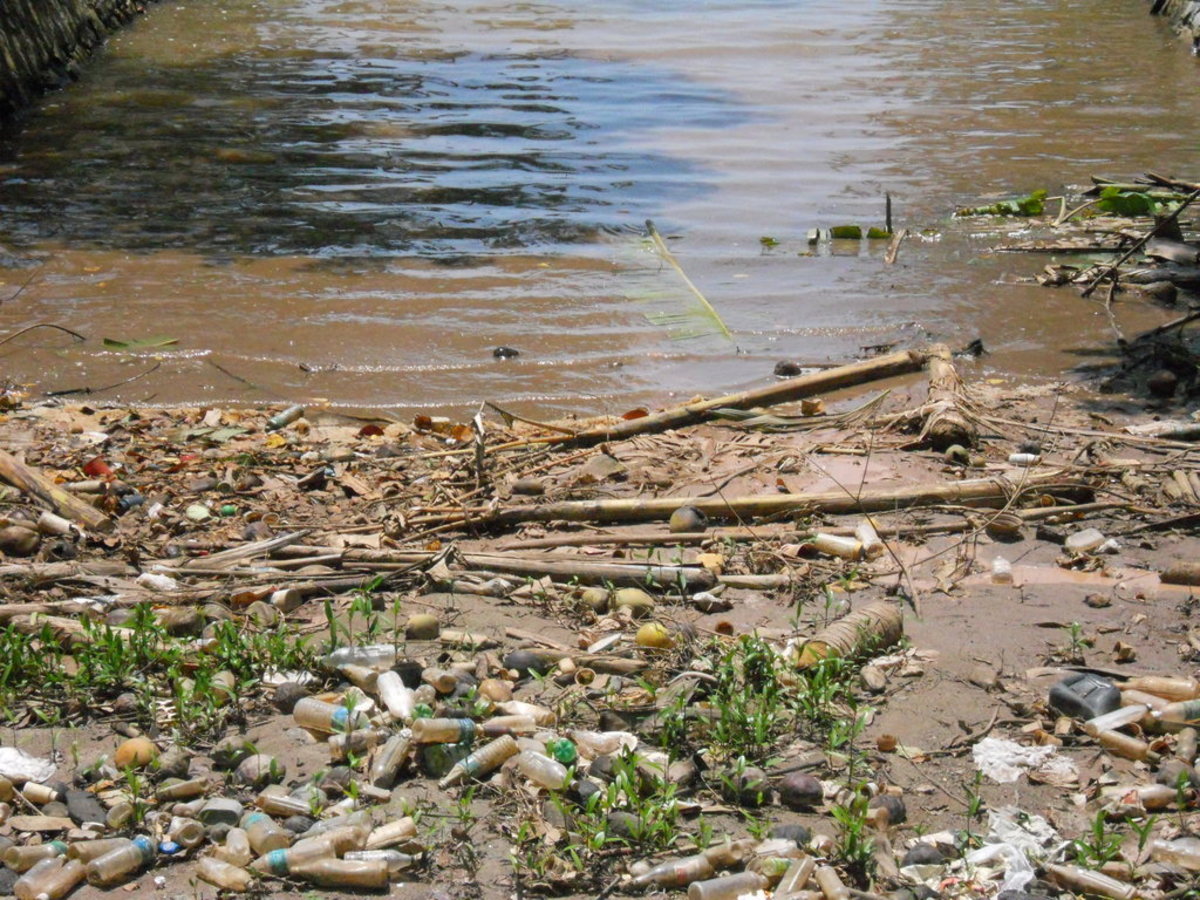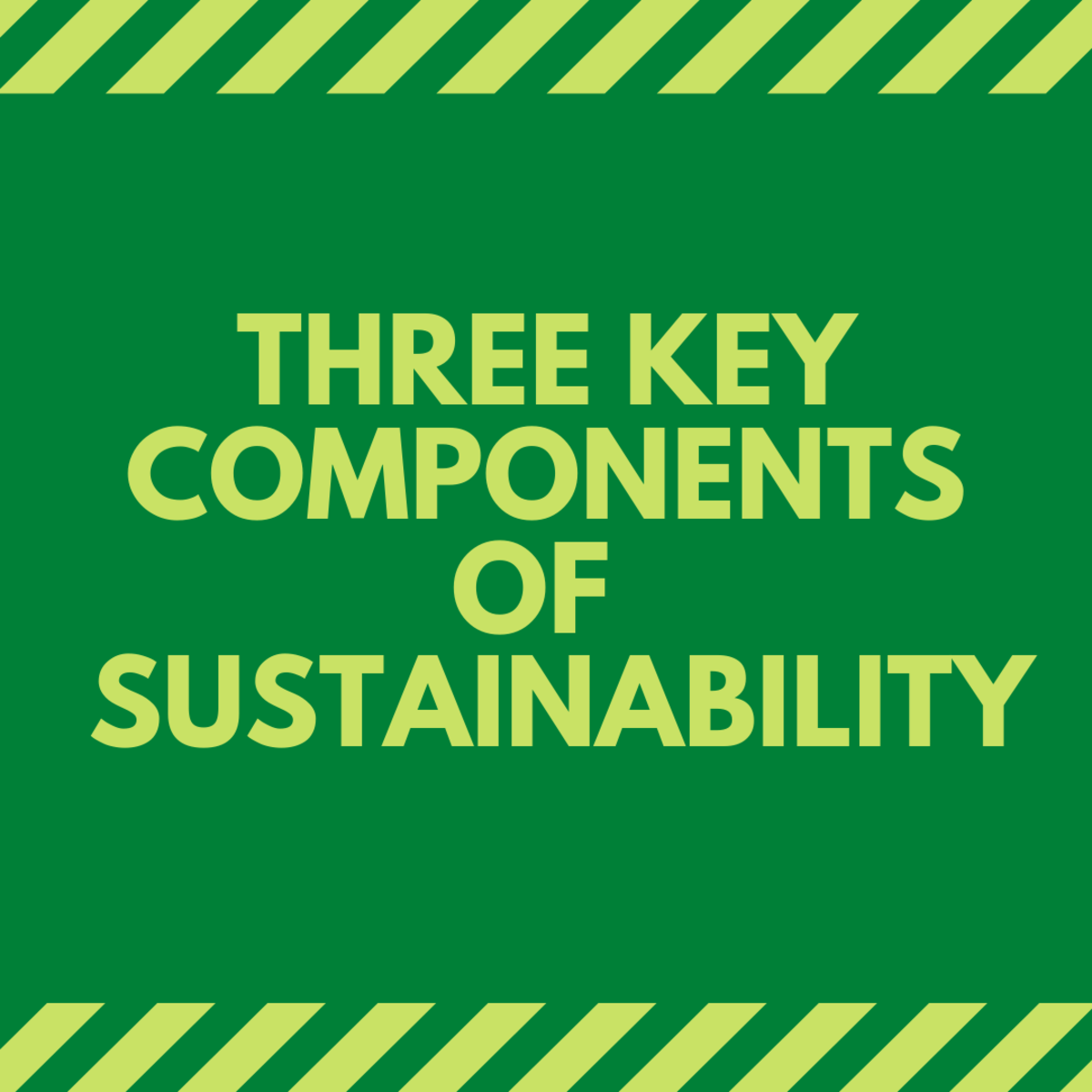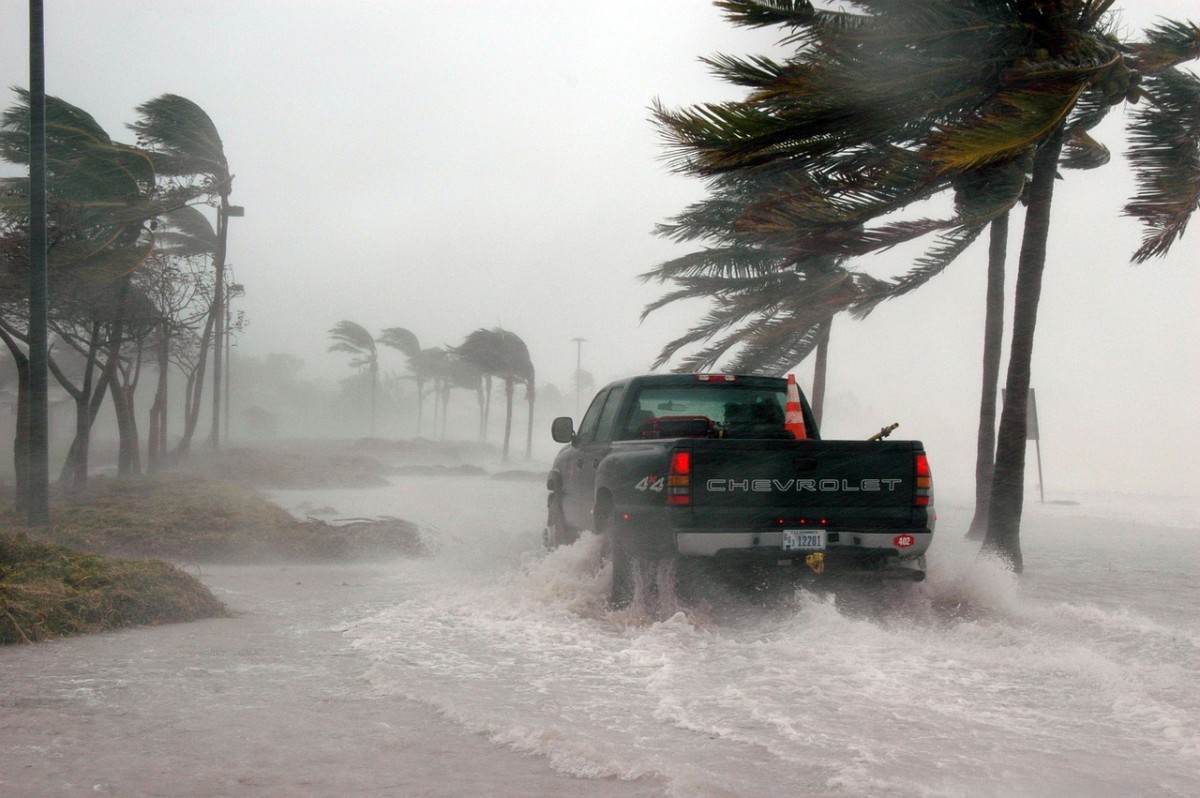Five Environmental Reasons to Become Vegan
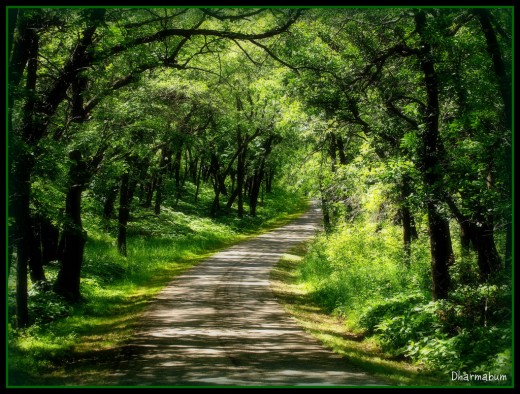
More and more people are switching to a vegan diet and this may be a variety of reasons. The most obvious of these is because they disagree with the way that animals are treated when being raised for food or that they do not believe that animals should be exploited through breeding and raising them for human gain. However there are also other reasons that someone may choose to adopt a vegan diet including for health, spiritual, religious or environmental reasons.
Not eating animal products or even reducing the amount that you eat helps to reduce the great impact that these industries have on the environment. The process of raising and slaughtering animals for food and then producing and transporting those food products has a hugely negative impact on the environment, contributing to deforestation, pollution and global warming. It also takes up a vast amount of space on the planet that could otherwise be left in its natural state or used in more beneficial ways.
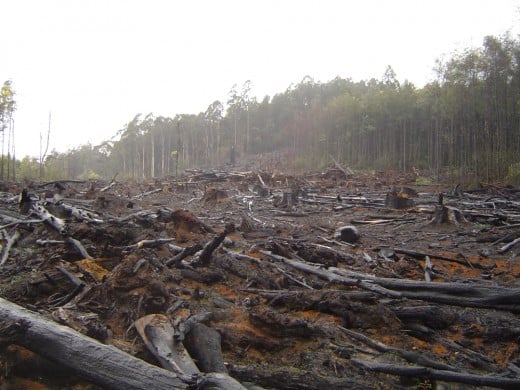
1. Deforestation
The use of land to raise animals for food is very inefficient as it takes a lot of space with a small resulting output. Figures suggest that it takes around 20 times more land to feed a meat eater than it does to feed someone following a vegan diet. This is due to the fact that firstly the animals need space on which to live but then additional space is needed in order to grow food for the animals to eat. For example one hectare of cropland used to grow rice or potatoes can feed up to 22 people. When the same hectare is used for meat production it can only feed one or two people. The U.N. Convention to Combat Desertification states that it takes around 10 pounds of grain to produce 1 pound of meat for human consumption. One pound of meat is not very much food at all and with these figures in mind it is easy to see how growing crops to be eaten by humans directly is a much more efficient use of land. Finding enough land to raise animals for human food has led to huge amounts of deforestation, including large amounts of the Amazon rainforest being cleared to create grazing for cattle.
The process of deforestation has a negative effect on the environment in a number of ways. It causes a loss of habitat for many species of animal and has a negative effect on the water cycle as it prevents water vapour from returning to the atmosphere. The removal of trees can also cause an increase in the temperature on the ground which can then cause further disruption to animals and their habitats. Fewer trees on the planets also mean that less greenhouse gases are removed from the environment increasing the rate of global warming.
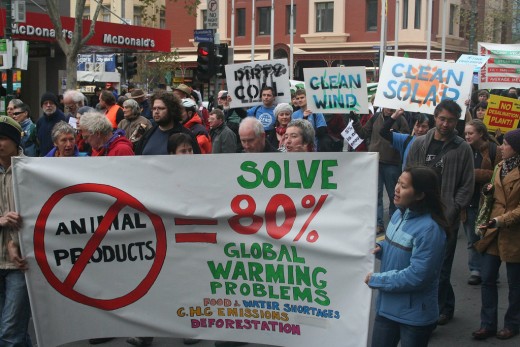
2. Global Warming
Animal agriculture is responsible for the production of huge amounts of greenhouse gases. A 2006 report by the United Nations Food and Agriculture stated that the production of meat for human consumption created more greenhouse gases to be released into the atmosphere than the world’s transportation systems and industry combined. The majority of people are unaware of the huge impact producing meat has on greenhouse gases and climate change as preventing this often focuses on deforestation and transport such as air travel and car use.
Greenhouse gases are gases that absorb and emit infrared radiation. These gases help to keep the Earth warm but if levels rise too high the Earth will become too warm. The abundant greenhouse gases in Earth's atmosphere are:
• Water vapor (H2O)
• Carbon dioxide (CO2)
• Methane (CH 4)
• Nitrous oxide (N2O)
• Ozone (O3)
• Chlorofluorocarbons (CFCs)
• Hydrofluorocarbons (incl. HCFCs and HFCs)
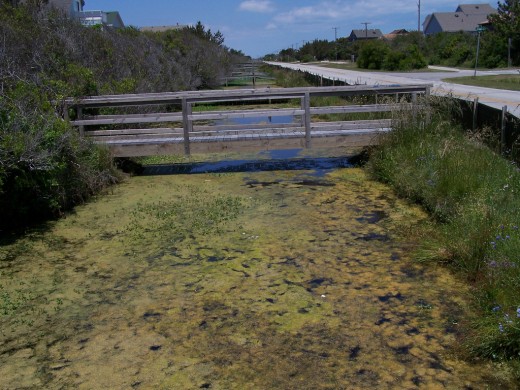
3. Water Pollution
Growing food for livestock uses huge amounts of water. Poorly managed farming practices can lead to fertiliser and pesticides may be carried into streams, lakes and groundwater. It is thought that around half the compromised water sources in the U.S are polluted due to animal agriculture. Further water pollution is caused by runoff containing animal urine and manure. This water pollution leads to large amounts of nutrients such as nitrogen, phosphorus and potassium being present in the water and having a negative effect on wildlife, the environment and human health. Excess levels of these in water cause algal blooms resulting in depleted oxygen, which in turn can kill large numbers of fish. The presence of manure also introduces antibiotics, hormones and pathogens such as Salmonella, E. coli, Cryptosporidium, to water sources.
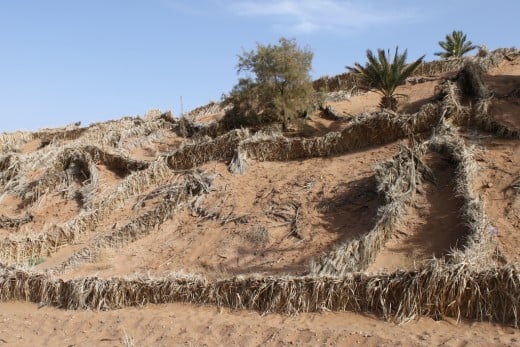
4. Land Degradation
The combination of deforestation and compaction and soil erosion caused by over-grazing of land is causing the biological, physical and chemical makeup of the land to change dramatically. Intensive farming strips nutrients from the soil and grazing animals erode the topsoil and eat large amounts of grasses. This damage leads to a loss of fertile land meaning that crops and other plants will no longer grow. Soil erosion also leads to an increase in pollution and sedimentation in rivers and streams, clogging these waterways and making them less hospitable places for fish and wildlife. Degraded land may also be less able to hold water and this presents an increased risk of flooding in the area.
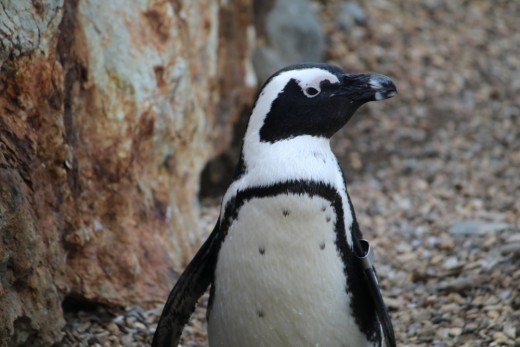
5. Protection of Other Species
Animal agriculture is responsible for the decline or loss of many species of wildlife. Deforestation is a major contributor to this issue but pollution and the killing of wildlife to prevent harm or completion for resources with livestock also has a great impact. For example large areas of forest in Sumatra are cleared to make way for plantations. These are then used to grow food for cattle kept in meat industry farms. This mass clearing of forests leaves animals such as elephants and jaguars with nowhere to live or find food. This problem is also present in the oceans as huge amounts of fish are caught and ground into fishmeal to feed farmed salmon, pigs and chickens. This reduces numbers of these fish and has a negative impact on animals such as penguins who feed on them.
© 2018 Claire



